
Lithuania’s old-time capital, Trakai, is 28 kilometres (17 miles) west of Lithuania’s modern-day capital, Vilnius. Trakai is known with its castles, lakes and relaxed vibes, which makes it a perfect daytrip from Vilnius.
Sometime before the year 1321, Grand Duke Gediminas transferred the capital of Lithuania from Kernavė to Trakai and erected his brick castle, which was later destroyed by the Teutonic Order in 1391. The Grand Duke then settled in Vilnius which became the flourishing capital of the Grand Duchy of Lithuania.
Trakai’s inhabitants are Lithuanian (66.5%), Polish (19%), as well as Russians (8.9%). The town is also home to the Karaims (or Karaites) – a small Turkic-speaking group
There are no less than 200 lakes in the Trakai region, of which the deepest (46.7 m) is Lake Galvė with its 21 islands. The picturesque Island Castle (Salos Castle) stands on an island in Lake Galvė.
Here are 6 good enough reasons to take a daytrip from Vilnius to the town of Trakai:
1. Visit Salos Island Castle
The Salos Castle of Trakai is the only Eastern European castle built on an island. Construction of the castle was started at the end of the 14th century by the Grand Duke Kęstutis, and was finished by his son Vytautas at the beginning of the 15th century. However, by the early 16th century, the castle’s use and significance were greatly reduced.
The island is a popular venue for summers festivals and concerts held around the castle.
It is possible to visit the castle and the Trakai Island Castle Museum:
- Entrance fee: Adults – €8. Children, students, seniors – €4
- Opening Hours:
- March, April, October:
- Tuesday – Sunday: 10:00 – 18:00
- May -September:
- Monday – Sunday: 10:00 – 19:00
- November – February:
- Tuesday – Sunday: 9:00 – 17:00 pm
- March, April, October:
It is also worth visiting the Shapshal Karaim Ethnographic Museum (entrance fee: Adults – €2. Children, students, seniors – €1) and the Exhibition of Liturgical Art (entrance fee: Adults – €3. Children, students, seniors – €1.50). Both are open Wednesday to Sunday – and generally from 10am to 5pm.
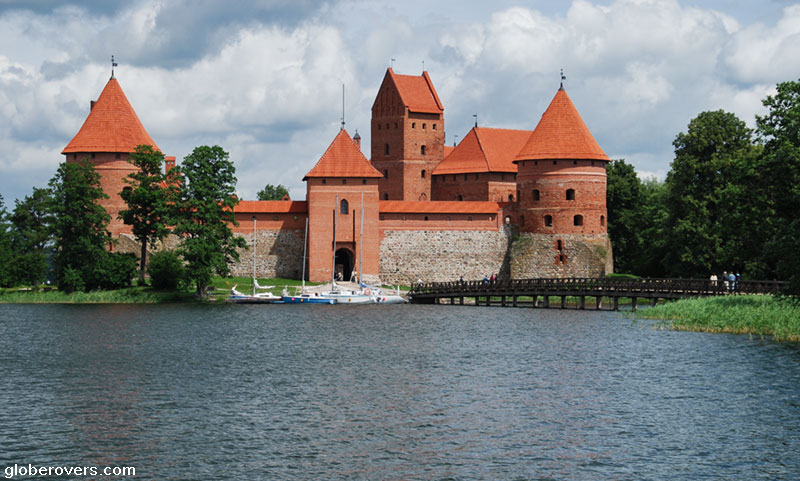
2. Trakai Peninsula Castle
Remnants of the castle is located on a peninsula between southern Lake Galvė and Lake Luka. Built from 1362 to 1382 by the medieval Trakai Duke Kęstutis, it was an important defensive structure protecting Trakai and Vilnius, capital of the Grand Duchy of Lithuania, against attacks of the Teutonic Knights. Much of the castle was destroyed in the 17th century. The remaining walls and towers are now preserved and protected by the Trakai Historical National Park.
The castle had seven towers connected by a 10 m (33 ft) high wall. The three largest towers, measuring 15 m × 15 m (49 ft × 49 ft), protected the most vulnerable southwestern flank. A 12–14 m (39–46 ft) wide moat separated the castle from the town.
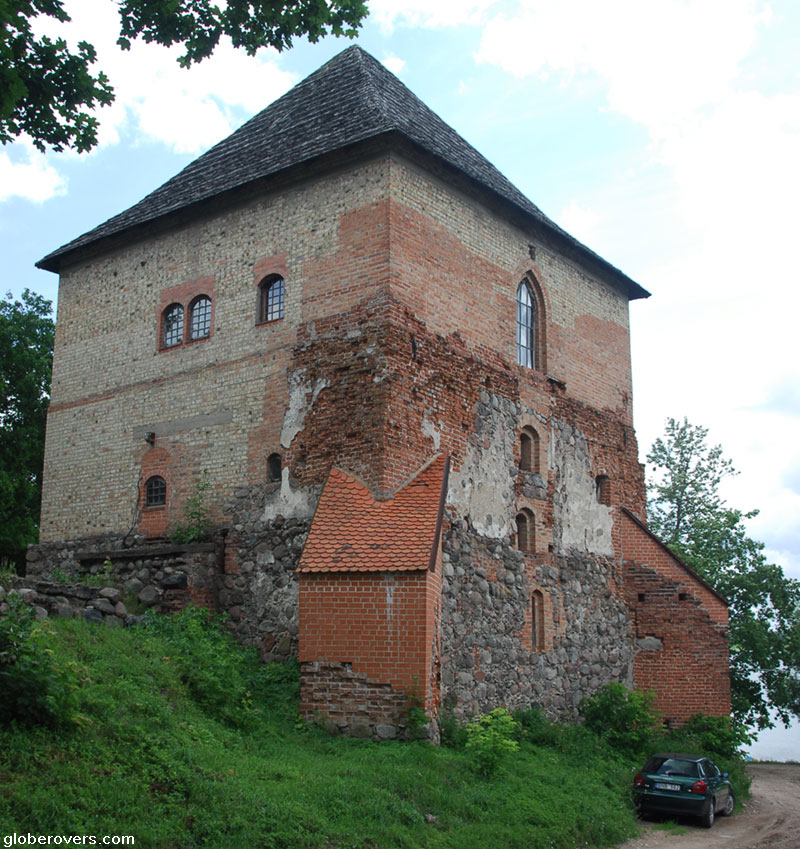
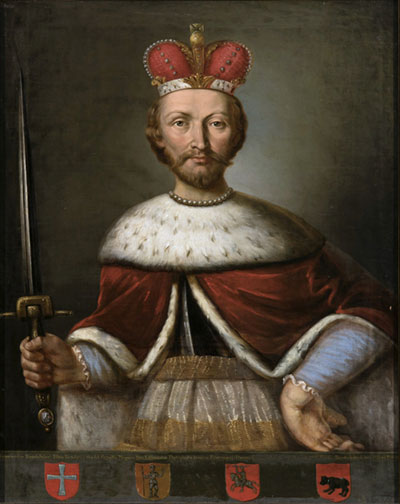
The castle was attacked in 1382 and 1383 during the civil war of 1381–1384, and again in 1390 during the civil war of 1389–1392). After the 1422 Treaty of Melno, the castle lost its significance as a defensive structure. It is known that Grand Dukes used it as a residence. Sigismund Kęstutaitis, the flamboyant Grand Duke of Lithuania from 1432 to 1440, was murdered in the castle on 20th March 1440.
In the 16th century, the castle was used as a prison. It was destroyed during the Russo-Polish War (1654–1667) and never rebuilt. It was not until the 1770s that monks built a monastery and church on this site.
Almost 6 km southwest of Trakai Peninsula Castle is the site of the Senieji Trakai Castle which no longer exists.
3. Explore the Karaites community
The area is also famous for the still-present Karaites (also referred to as the Karaims) community with a language that derives from the family of Turkic languages. Almost all Karaites are ethnic Karaims, a certain Turkic ethnicity.
Grand Duke Vytautas brought the Karaites to Lithuania as warriors and honest servants. He placed them between the peninsula and the island castle and trusted them with the castle’s protection.
Today, the main street that leads to the Galvė Lake—Karaimų Street—still has many colourful wooden houses, typical of the Karaites. In fact, much of the peninsula is dotted with old wooden cottages, many built by the Karaites.
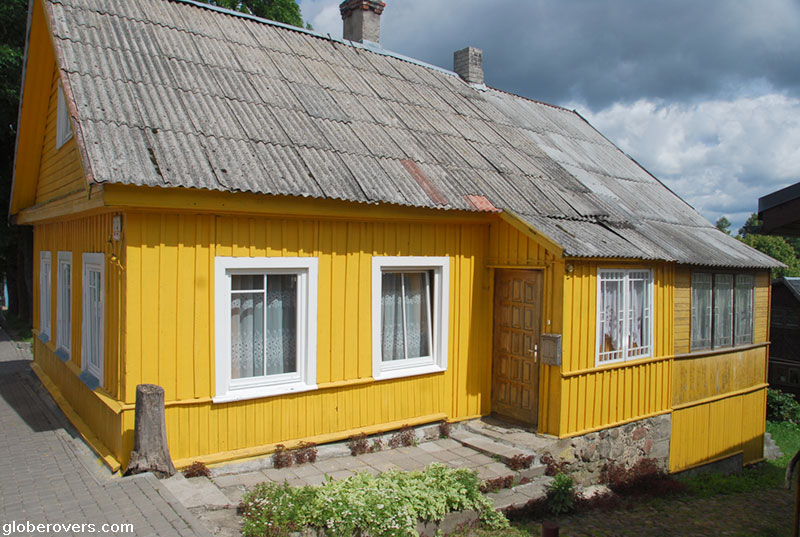

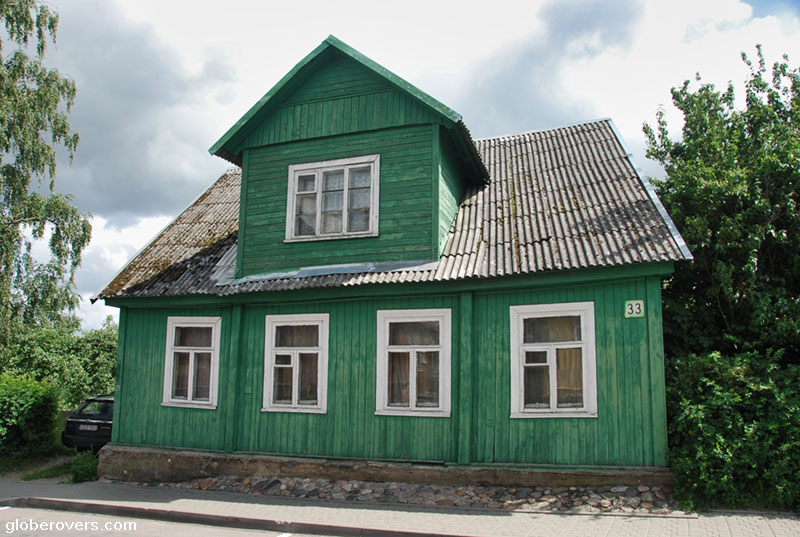
4. Shop for the best amber
Amber is popularly referred to as “Lithuanian gold,” and many know it for its beauty in pieces of jewellery and art. As Lithaunia, and in particular the Trakai region, is so famous for its amber, it is the most popular souvenir from Lithaunia. In town, mane shops and galleries have a wide variety of amber products on sale.
In ancient times, Lithuanian ancestors have particularly cherished amber found near the shores of the Baltic Sea. They used amber amulets to protect against evil powers and beads were given for kids to chew so their teeth would grow faster and stronger. It has also been used to treat illness and pains. Recently, amber therapy was revived in Lithuanian with infusions in succinic acids, oils, powders, and teas for healing and strengthening of the body and mind.
HOW IS AMBER CREATED?
Amber is a fossilized resin that has lain undisturbed for millions of years. Most of the world’s amber is between 30 and 90 million years old.
When some coniferous trees are damaged, they produce a sticky substance called resin that protects them from insects and diseases. This resin falls to the ground and hardens in moist places such as riverbeds, lagoons and seabeds.
While amber can be found on several continents, the most important source of amber is the Baltic region of Europe. Baltic amber has been traded since about 3000 BC. Most amber is mined from the earth, either through open cast mining on the surface of the earth or in tunnels.
In additional to being used as an adornment, it is still used by some people (such as in traditional Chinese medicines) as a medication to treat illness and pains. Some people believe that wearing amber beads protect them from catching illnesses.
Source: National Museum of Ireland
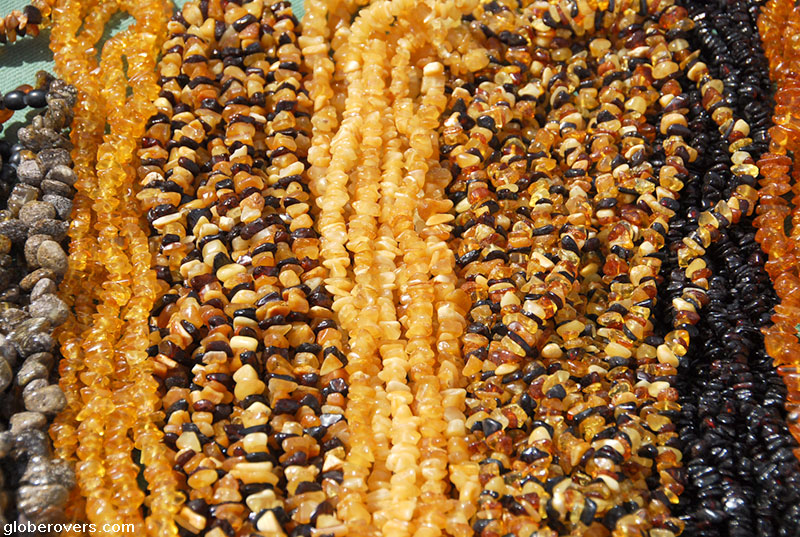
5. Visit the beautiful churches
The 15th-century parish Church of the Visitation of the Blessed Virgin Mary was founded by Grand Duke Vytautas around the same time as the founding of the Island Castle. The church has a richly decorated baroque altar and a large collection of ecclesiastical art. Its centrepiece is the “Trakai Mother of God”, a revered icon thought to have been donated by the founder, Grand Duke Vytautas. Over the years, many miracles have been attributed to the icon.
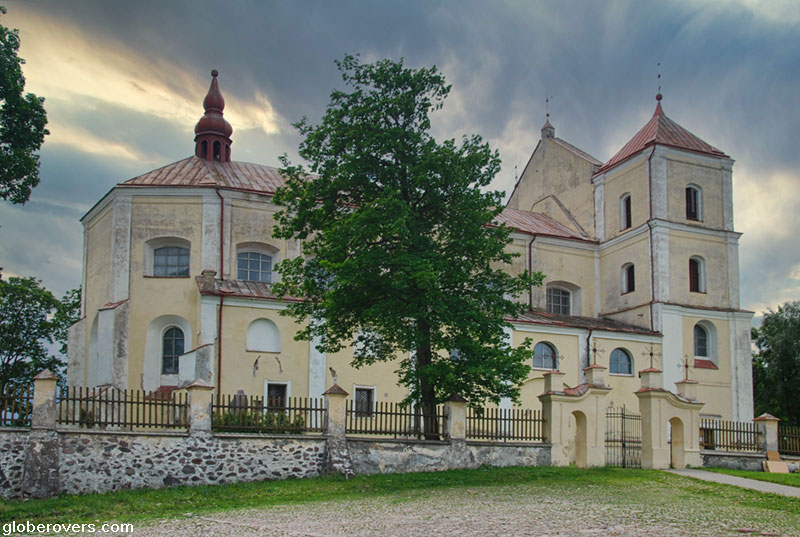
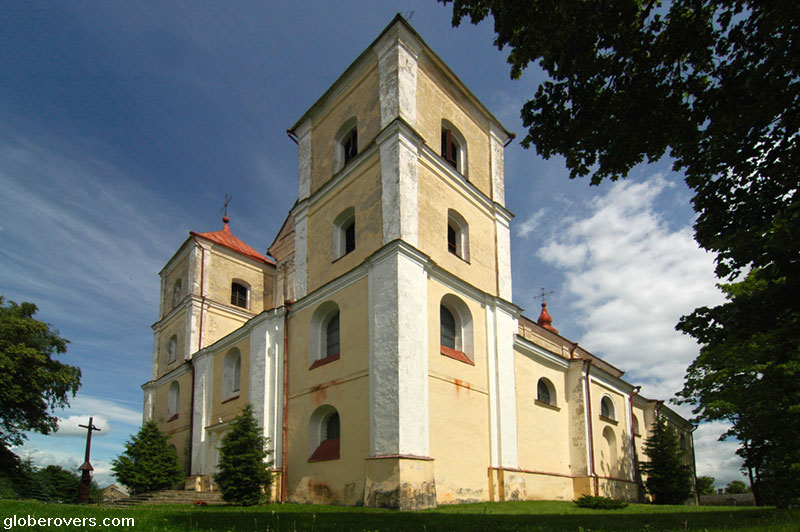
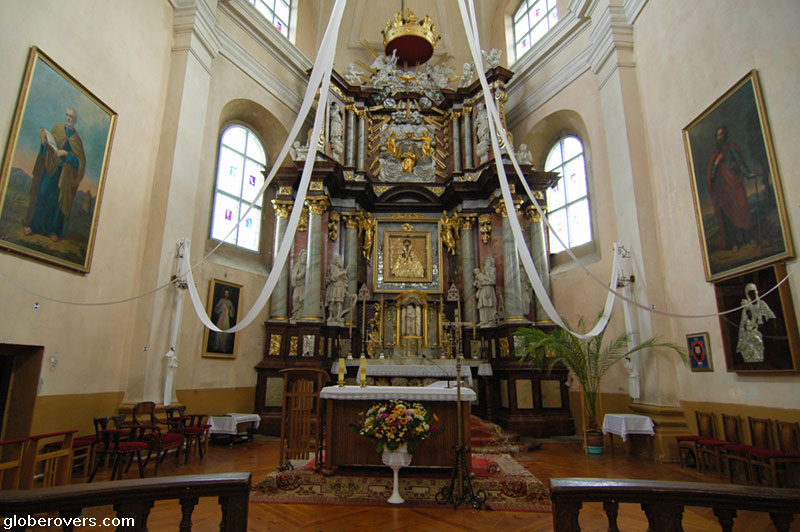
Built to commemorate the crushing of the 1863 rebellion against the tsarist occupation, this small Russian Orthodox church with a long name – Orthodox Church of the Birth of the Holy Mother of God, is bursting with a peculiar mix of icons, candles and stepladders. The graves by the entrance are those of former priests.

6. Trakai Historical National Park
The Trakai Historical National Park was founded on 23 April 1991 to preserve Trakai as a centre of Lithuanian statehood as well as the park’s authentic nature. Measuring only at 82 sq km, it is Lithuania’s smallest national park and encompasses Trakai’s historic monuments, lakes and forests.
The park includes the locations of the Island Castle, the ruins of the Peninsula Castle, as well as the island-studded Lake Galvė. In fact, lakes comprise around 20% of the park. Here you can enjoy the tranquillity of canoeing and kayaking during the summer months, birdwatching, and lots of other other outdoor activities – including sitting on a wood-log bench playing a flute!
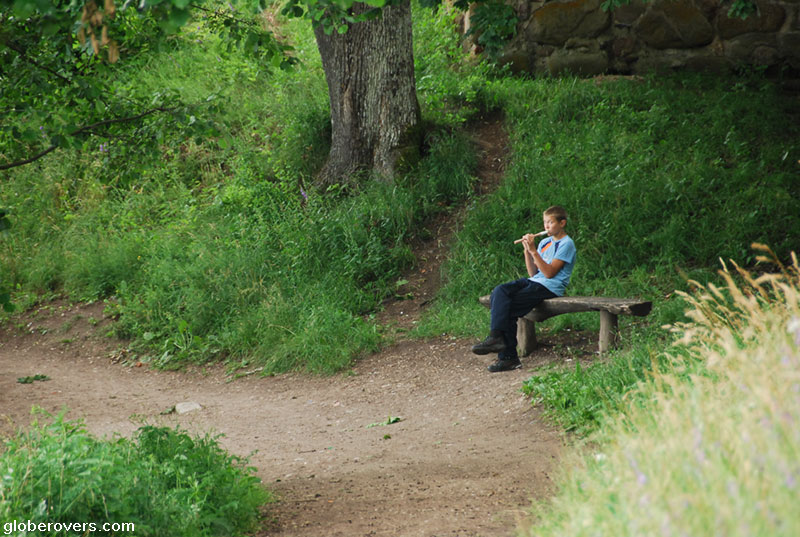
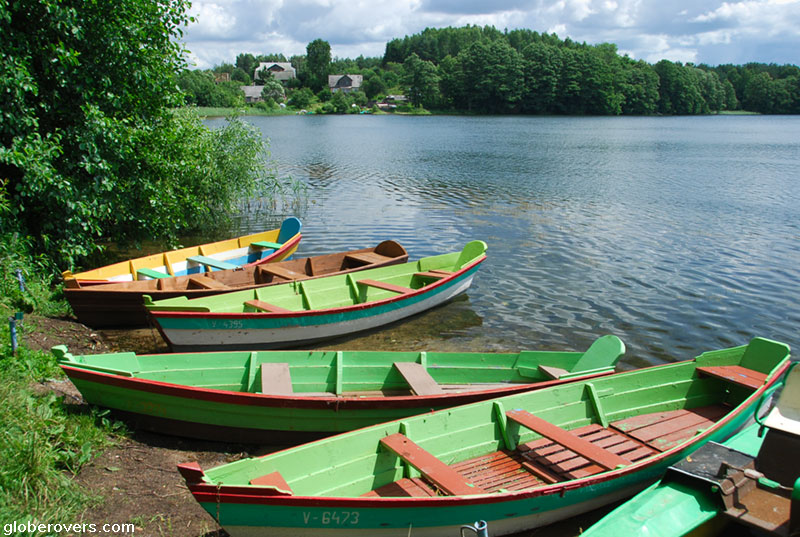
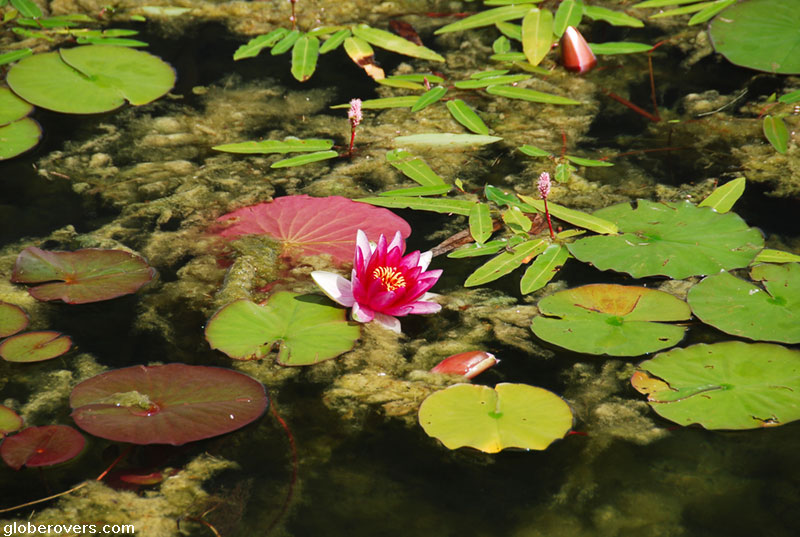
☛ Read more: Posts of northern Europe



Blog post and photos by Peter who has been travelling almost full-time since 2005 and has been to over 122 countries. He visited several countries, such as Japan, more than 20 times. Peter is Editor-in-Chief and Publisher of GlobeRovers Magazine, an independent travel magazine focused on intrepid destinations.
